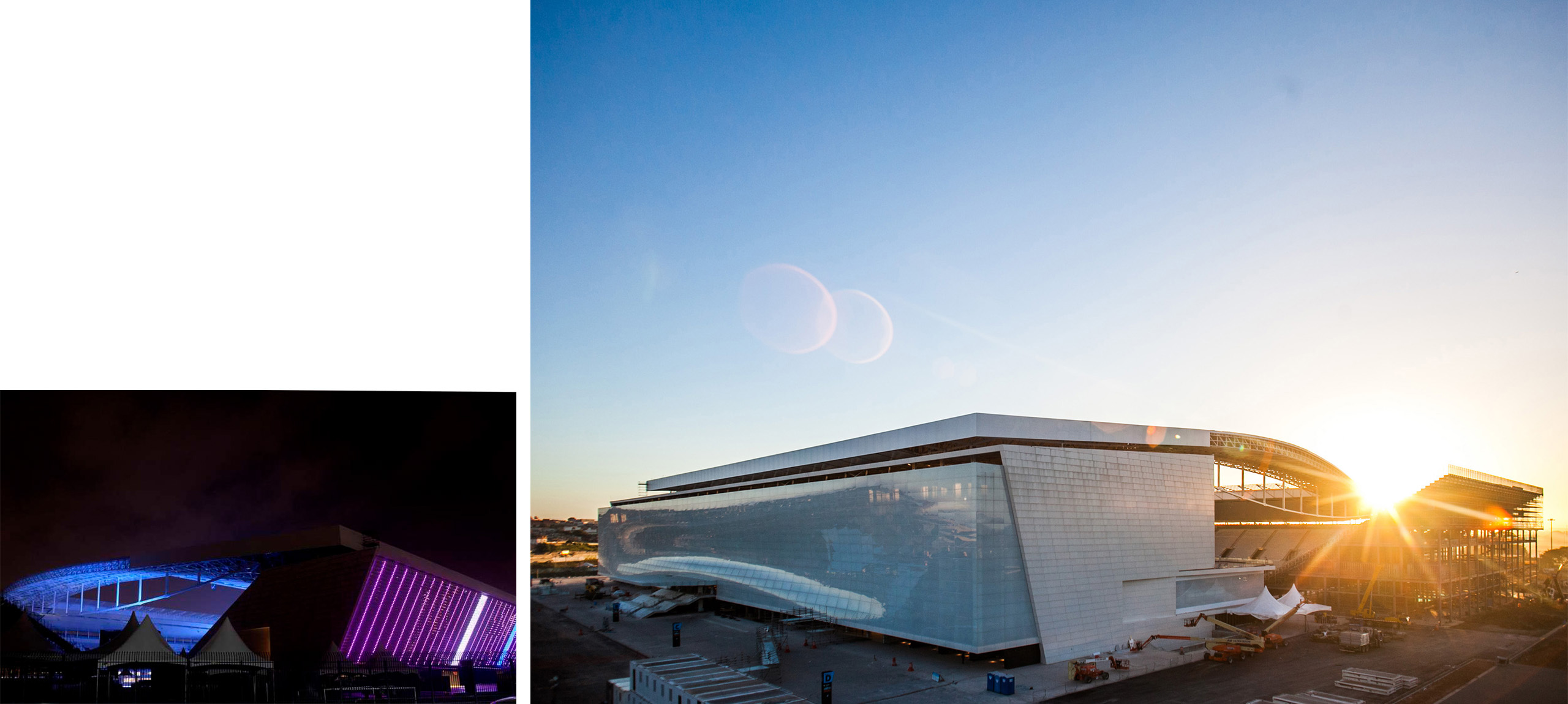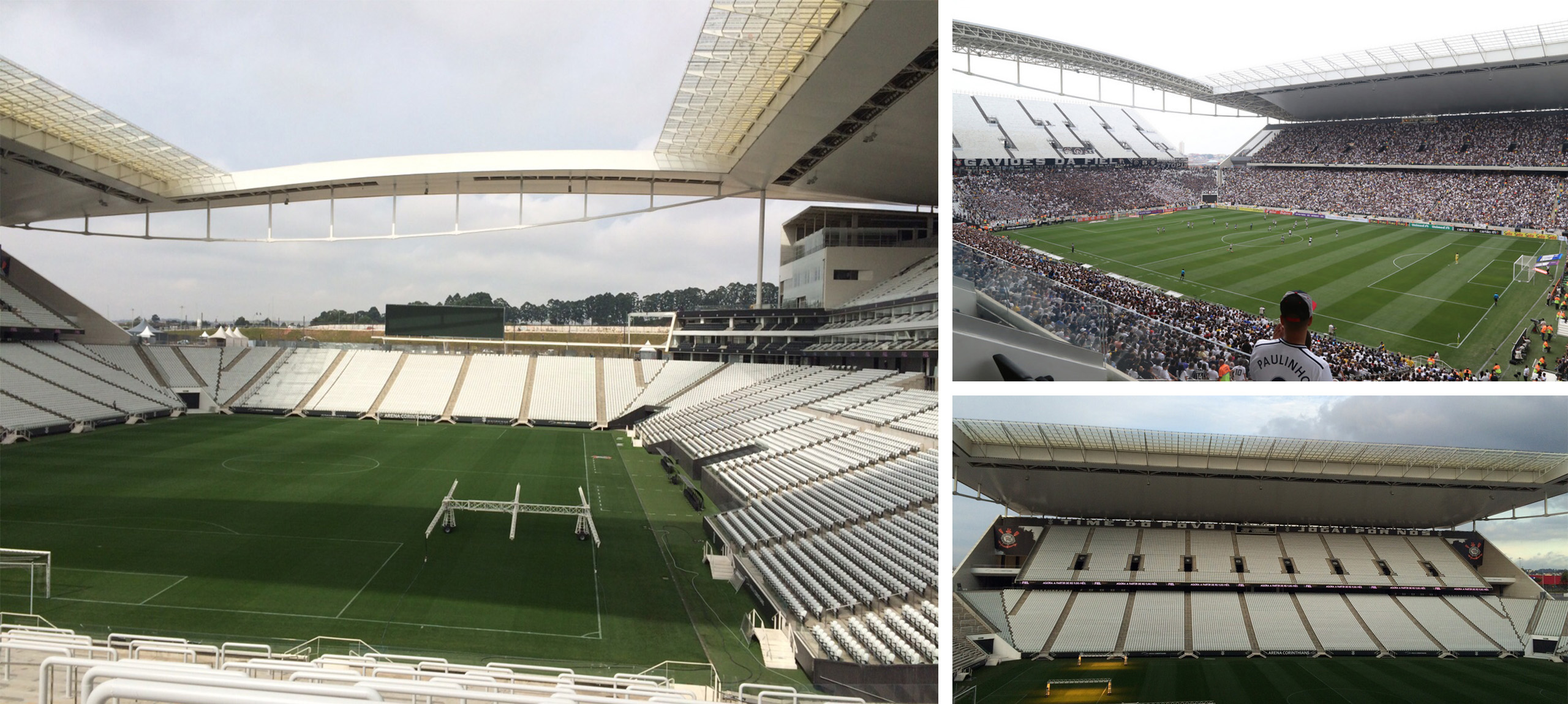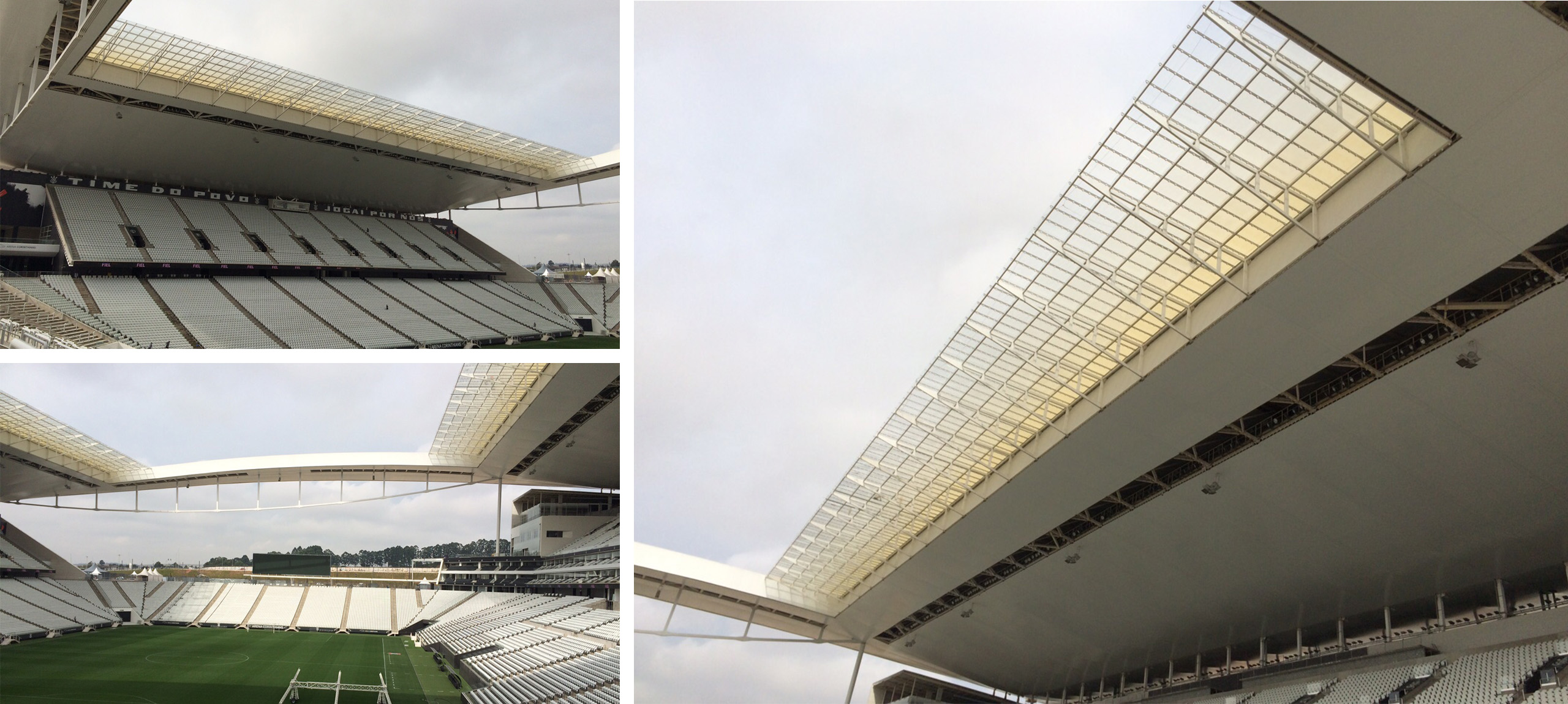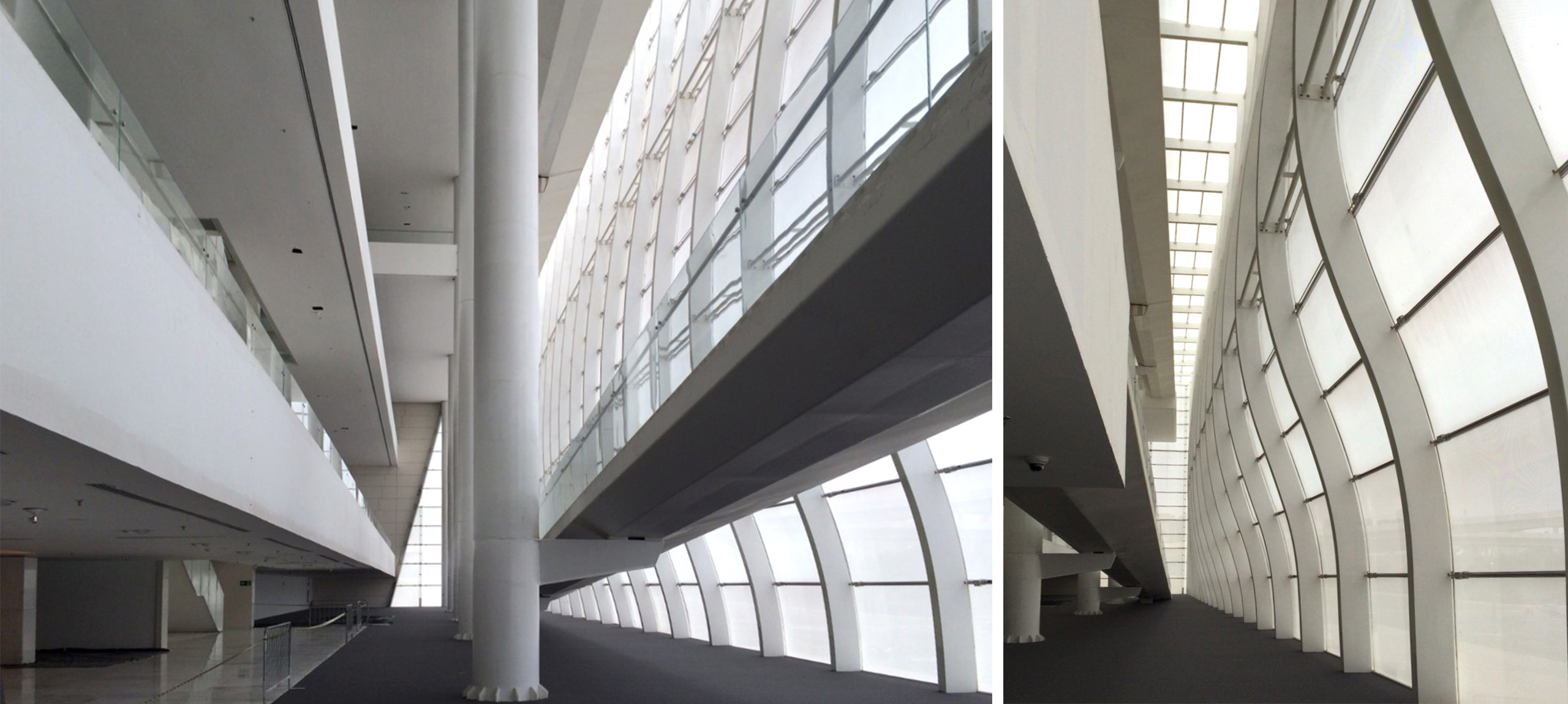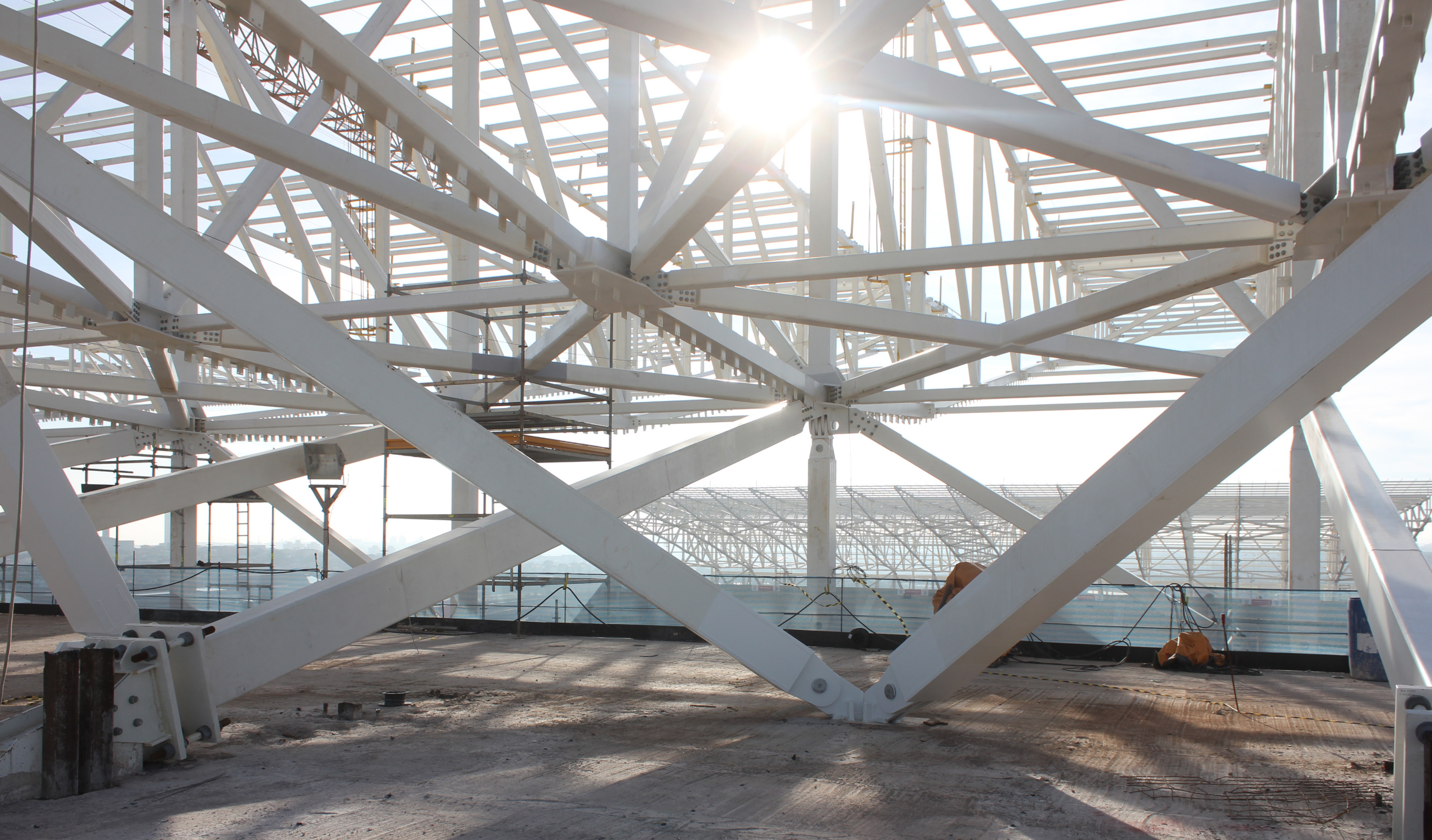
| Corinthians Stadium | |
| São Paulo , Brasil | |
| Structural typology | Stadiums |
| Date | January, 2013 |
| Scope | Detailed design and construction support |
| Architect | Anibal Coutinho (CDC Arquitectos) |
| Owner | Corinthians FC |
The Corinthians Arena, located in the east of the city of São Paulo in Itaquera, shall be able to seat 48,000 spectators. A main requisite laid down by FIFA to hold the opening ceremony of the 2014 Football World Cup, is a necessary increase of an additional 20,000 seats. This extra seating capacity shall be provisional and removed once the championship is over. These works which cover a surface area of approximately 200.000 m2 shall have some 3,500 car park spaces. In addition, the stadium foresees installations to receive the 32 Heads of State, representatives from participant countries and upwards of 5,000 journalists from all over the world.
The project has also taken a sustainability approach by employing rainwater recycling systems and self-generation of energy using photovoltaic panels placed on the façade.
The football pitch is in a north-south direction. The main grandstands have been placed on the East and West sides where practically all the necessary services for the stadium are available. The West side is the greatest in height. The stands, in both the north and south ends of the stadium, practically reach pitch level
The four sectors of the structure shall be built with structural concrete. Practically 80% of the structural concrete structure is prefabricated, whereas the remaining is either in situ or composite structure, steel beams and concrete compression slabs.
The project has also taken a sustainability approach by employing rainwater recycling systems and self-generation of energy using photovoltaic panels placed on the façade.
The football pitch is in a north-south direction. The main grandstands have been placed on the East and West sides where practically all the necessary services for the stadium are available. The West side is the greatest in height. The stands, in both the north and south ends of the stadium, practically reach pitch level
The four sectors of the structure shall be built with structural concrete. Practically 80% of the structural concrete structure is prefabricated, whereas the remaining is either in situ or composite structure, steel beams and concrete compression slabs.


